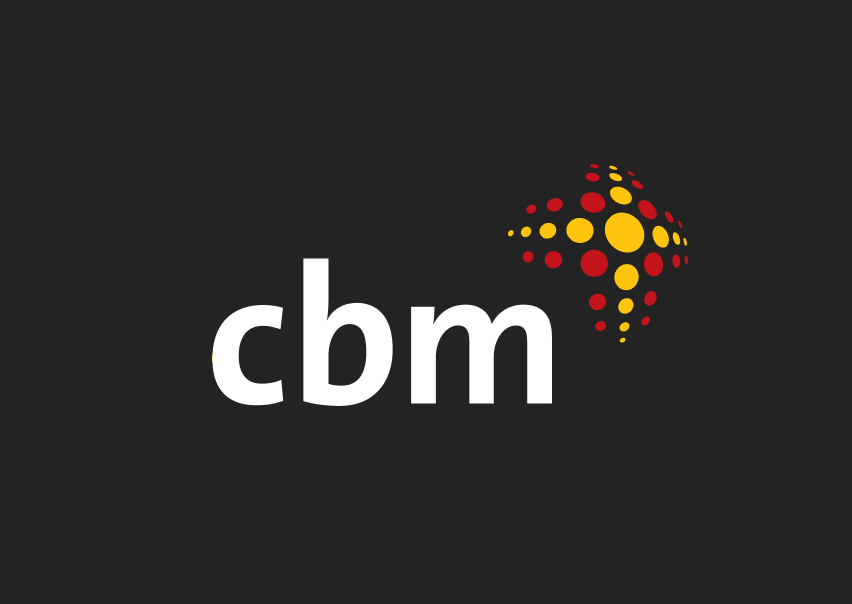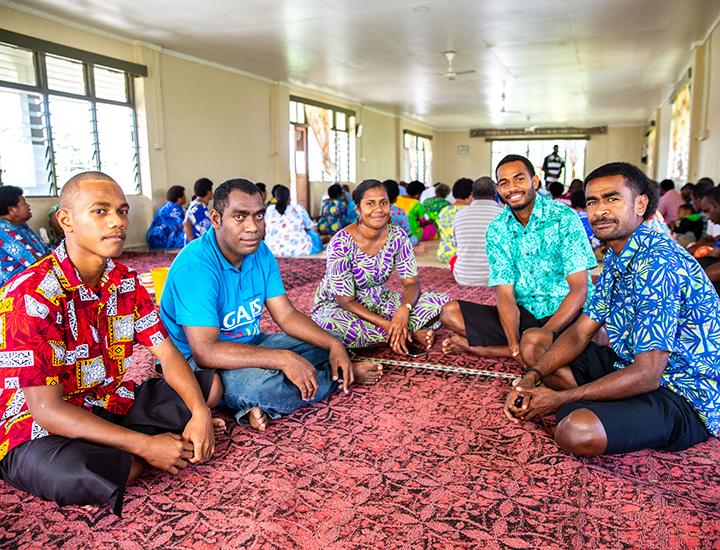World Sight Day
Stories | February 21, 2024
Established in 2000 by the World Health Organisation (WHO) and International Agency for the Prevention of Blindness (IAPB), World Sight Day is a global event created to draw attention to vision impairment and blindness.
The focus of World Sight Day 2019 is ‘Vision 2020: The Right to Sight’.
According to IAPB approximately 1.3 billion people globally live with some vision impairment. Of this, 36 million people are blind and 217 million people live with moderate to severe distance vision impairment.
80 per cent of all blindness and moderate to severe distance vision impairment (MSVI) is considered avoidable – that’s 202.4 million people whose loss of sight could have been prevented or treated.
According to IAPB, the top causes of MSVI and blindness are:
- Uncorrected Refractive Errors (URE) such as Myopia (link to Myopia story) – 48.99%
- Cataract – 25.81%
- Other – 14.71%
- Age-related Macular Degeneration (MD) – 4.10%
- Glaucoma – 2.78%
- Corneal Opacity – 1.65%
- Diabetic Retinopathy – 1.16%
- Trachoma – 0.79%
Preventing or treating avoidable visual impairment and blindness is important to achieve the UN Sustainable Development Goals (SDGs), most notably Goal 3: Good health and well-being.
This is supported by the Global Action Plan (GAP) for “Healthy Lives and Well-being for All” – 12 multilateral health, development and humanitarian agencies, who collectively channel around one-third of development assistance for health annually. This includes the World Health Organisation (WHO), United Nations Children’s Fund (UNICEF) and United Nations Development Fund (UNDP).
The GAP has a global target to reduce the prevalence of blindness and visual impairment by 25 per cent by 2019 (from a 2010 baseline). It aims to do this in four ways:
- Collect evidence and data
- Train more eye care professionals
- Provide comprehensive eye care
- Eliminate social and economic obstacles.
It all starts with a simple eye test.
Throughout CBM’s 115-year history, our field programmes have helped to prevent blindness, eradicate poverty and transform the lives of people with disabilities in the world’s poorest countries.
Our inclusive eye health work aims to reduce avoidable visual impairment and blindness. We are currently in the process of training more eye care professionals, completing more eye surgeries for both children and adults, as well as providing glasses to children and adults in some of the world’s poorest countries.
We have been working specifically to combat the top causes of visual impairment and blindness, such as cataracts, with our Miracles Day campaign which raised over 44,000 Miracle gifts of sight.
We also work to ensure those who are permanently vision impaired can access the most relevant support and opportunities to live life to their full potential. Find out more about our Inclusive Eye Health programs.
https://www.cbm.org.au/stories/world-sight-day
Related Stories

Building a Just and Inclusive Future: Disability-Inclusive Disaster Risk Reduction and Climate Action
People with disabilities are among the hardest hit by...

Week 1 – Lent series 2025
Being held by Jesus…held together by Jesus, invites us to lean into solidarity. As we begin Lent today, we will be reflecting on the theme...

Five things organisations should think about when supporting OPDs in capacity strengthening
Strengthening the capacity of organisations of people with disabilities...
